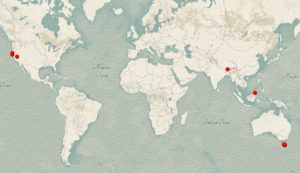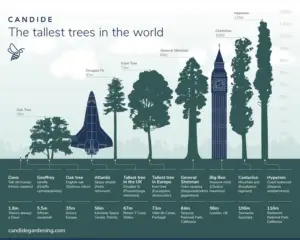Wonder
World’s tallest cypress tree near Bay Langdra Ney
 In short
In short
A magnificent tree of incredible size grows at the mountain road leading to Kathok Yoesel Samtenling Monastery. This is a famous cypress tree, which may hold a spiritual treasure left more than one thousand years ago. And this is the tallest cypress tree in the world.
 44.3%
44.3%
GPS coordinates
Location, address
Species
Height
Diameter
Map of the site
If you see this after your page is loaded completely, leafletJS files are missing.
 In detail
In detail
It is hard to believe that this fantastic cypress tree is THAT high. After all, the height of 94.6 m puts the tree in the league of the top 10 world’s tallest trees.
The cypress of Bay Langdra Ney grows near the road at the height of 2 360 m. This is a valley but the cypress stands a bit out from the forest and there are no trees of comparable height near it. A visitor can admire and take fine images of the giant tree in its full height. Other supertall trees of the world are hidden among other trees, which protect them from storms.
In the Google Earth image, the shadow of the tree is some 70 – 75 m long. Shadows of the nearby 3-floor houses with steep roofs are some 5-6 m long, thus the length of the tree shadow may hint that it is taller than these 70-75 meters.
The top of the cypress is dead and it is possible that at this moment it is not as high.
The tree has an enormous hollow. Locals have carefully filled it with stone and concrete masonry. The tree is adorned with colorful prayer flags.
What species of cypress it is?
Scientists still discuss the taxonomy of cypress trees in this region. Some specialists would see this cypress tree as Weeping Himalayan cypress (Cupressus himalaica Silba 1987) or Tsenden (Cupressus torulosa Carrière 1855).
Sometimes, to make the discussion even more confusing, there are involved also Cupressus tortulosa (Griffith 1854) and Cupressus cashmeriana (Royle ex Carrière 1867) – another species.
Legends about the tree
Cypresses are national trees of Bhutan and every large cypress (in fact – every large tree) here is a sacred and much-revered tree.
The life of this giant tree is closely linked to a very significant person in the history of Buddhism – Guru Padmasambhava or Guru Rinpoche (Guru Rimpoche) (8th century AD). Padmasambhava is seen as the Second Buddha and a guardian spirit of Bhutan.
Guru escaped from Tibet on the back of a tigress and stayed in a remote cave high in the cliffs of Paro valley – now there is Paro Taktsang Monastery. Bhutanese people believe that the giant cypress near Kathok Yoesel Samtenling Monastery is a walking stick of Guru Rimpoche. The fork closer to the top of the tree is a place where the palm of Guru Rimpoche rested when the tree was a small walking stick.
Guru planted his stick here and prayed for it to grow into a large cypress tree. If it would release roots, Guru would hide here relics. The prayers helped and the stick started to grow.
Thus locals believe that in the cypress are hidden invaluable relics: Ters, a kind of Dharma treasures. The blessings of these relics are equivalent to five monasteries (an interesting unit of measurement!). But, of course, no one should touch these relics before the right time. And the right time will come when the world will need additional Buddhist teachings. Enlightened people – Tertons – will make these discoveries.
The tree is the center of a yearly festivity on the 15th day of the 8th Bhutanese month – “Tsenden teschu”.
References
- Historically Significant Trees of Bhutan. Ugyen Wangchuck Institute for Conservation and Environmental Research. 2018.
- Bay Yul Langdra Nye (སྦས་ཡུལ་གླང་བྲག་གནས) in Wangduephordang. Phub Dorji Wang. February 20, 2019. Last accessed in 7 December 2019.
Cypress tree near Bay Langdra Ney is included in the following articles:
 Linked articles
Linked articles
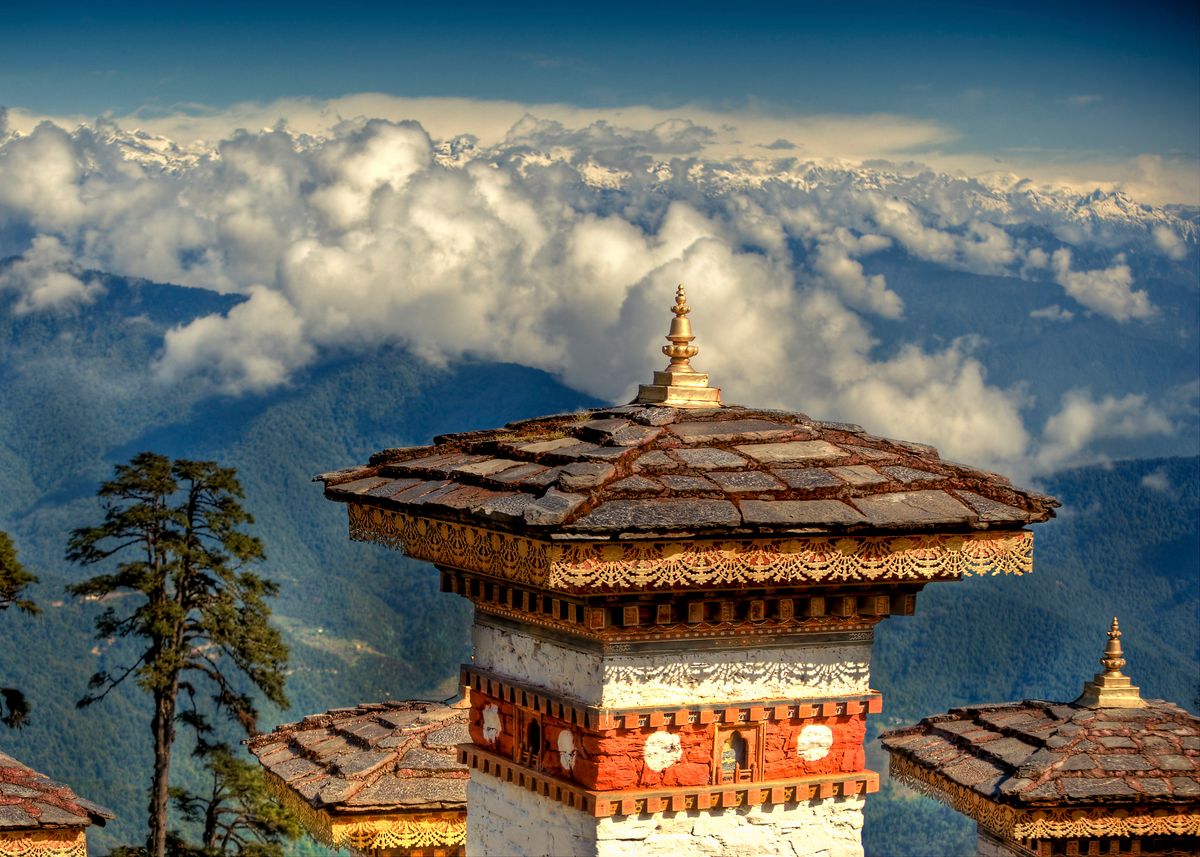
Wonders of Bhutan
Bhutan is an exotic country in the Himalayas, with an extremely well preserved natural heritage and rich, well-maintained local culture.
Nearly every place in Bhutan is beautiful with its countless tall waterfalls, unique ecosystems, and species – most of these are little known. The same can be said about prehistory: Bhutan has thousands of megaliths and scientists have not seen most of them.
Today the best-known landmarks in Bhutan are dzongs – unique buildings which serve as fortresses, Buddhist monasteries, and keepers of local culture and traditions. People maintain most of the dzongs very well up to this day.
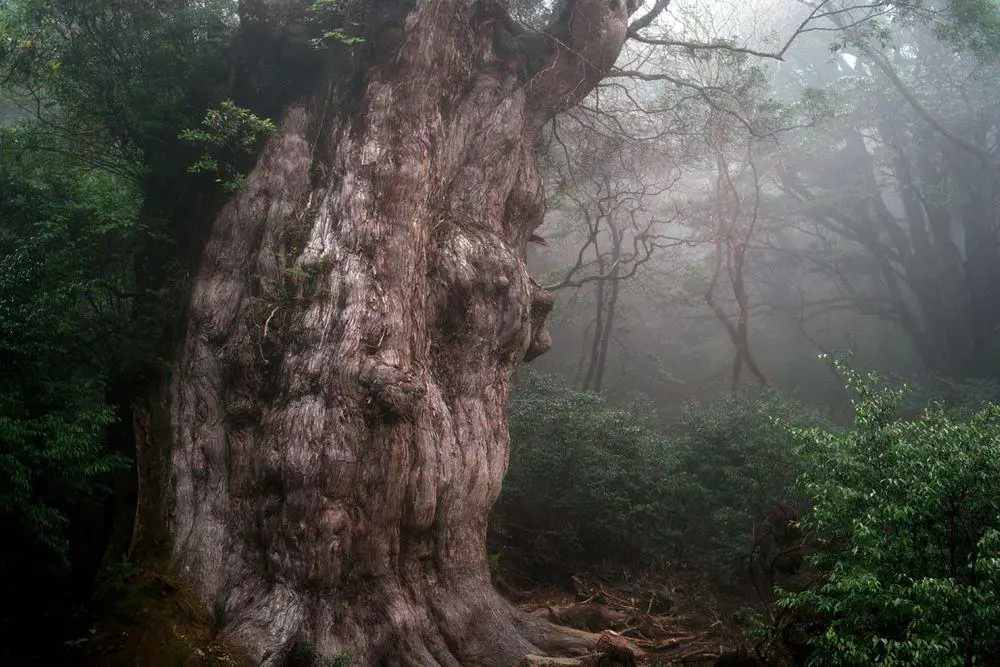
Trees
The category includes some of the most impressive and interesting separate trees in the world. The total number of tree species in the world still is a wild guess – maybe 10,000 and maybe 100,000 but most likely somewhere in between. Every month there are reported new tree species from the whole world, including Western Europe.
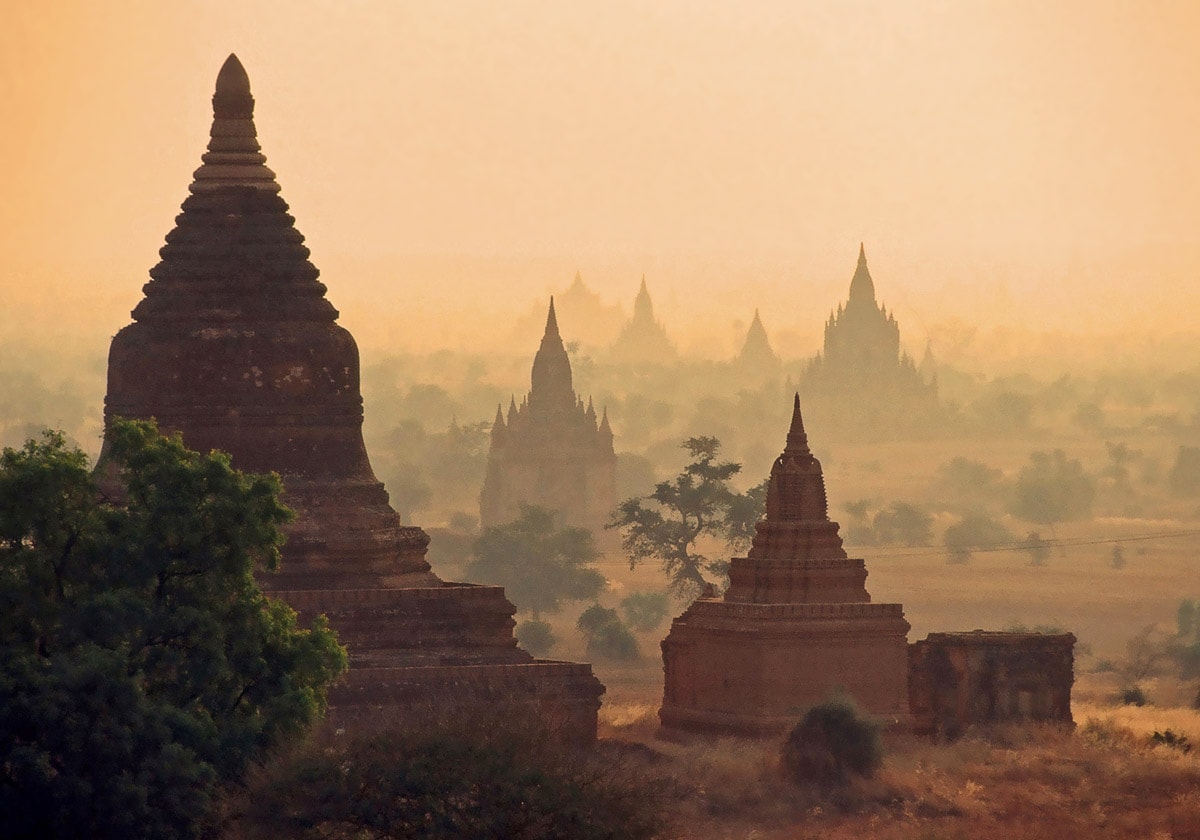
Wonders of Asia
Any other continent (and part of the world) seems small if compared to Asia. This refers also to natural and man-made heritage: in Asia are not just thousands of great landmarks, there are found landmarks created by thousands of diverse cultures from ancient Phoenicians to the mysterious small people in the Philippines and eastern islands of Indonesia.
 Recommended books
Recommended books
Atlas of Untamed Places: An extraordinary journey through our wild world
Atlas of Untamed Places is an intrepid journey through nature’s most unusual, wild, feral, and extraordinary places. From historic and protected zones to the uninhabitable and unimaginable islands, caves, and wildlands where nature roams alone.
Conversations with Trees: An Intimate Ecology
First published in 1993, Stephanie Kaza’s heartfelt book helped thousands of readers kindle a sense of spiritual connection through communing with our ancient relatives – trees. Shambhala Publications is proud to reissue this book, with a beautiful new cover and a new Introduction by the author.

